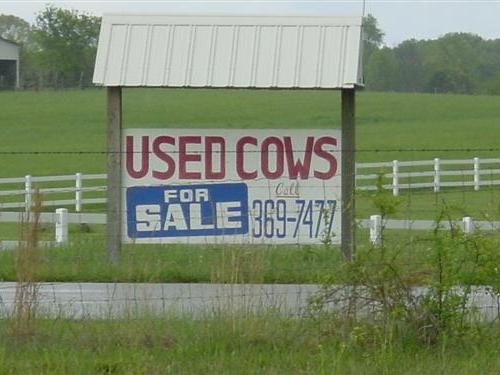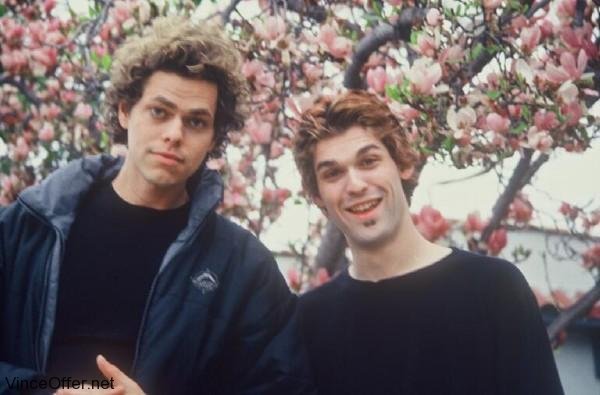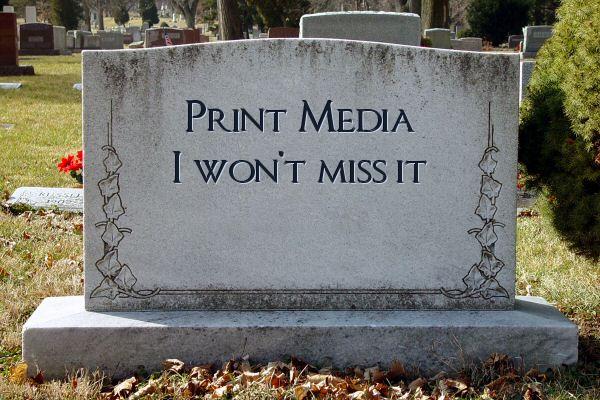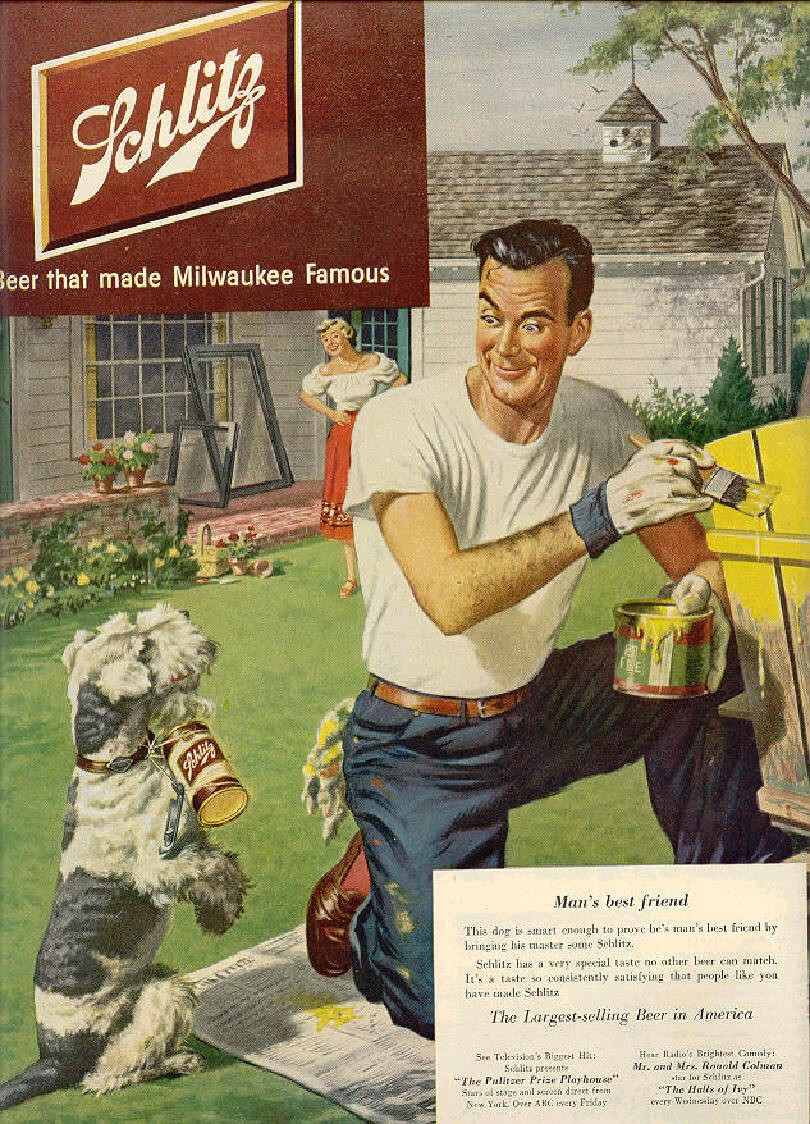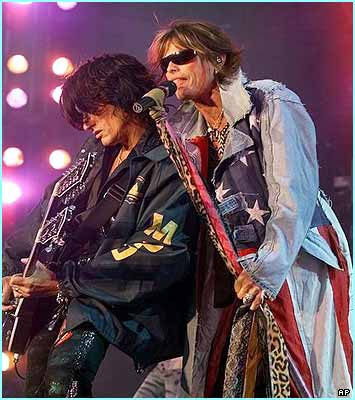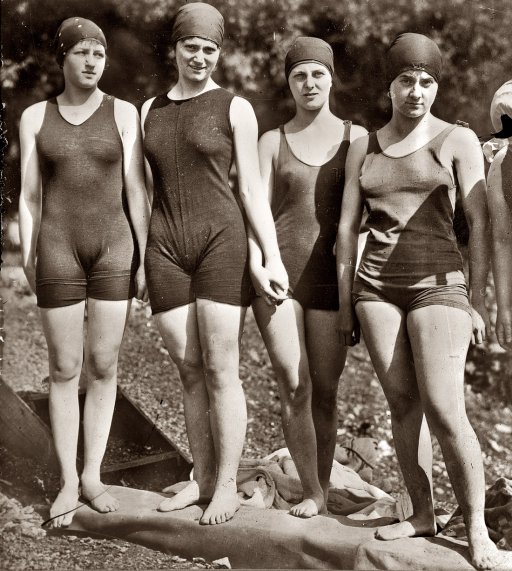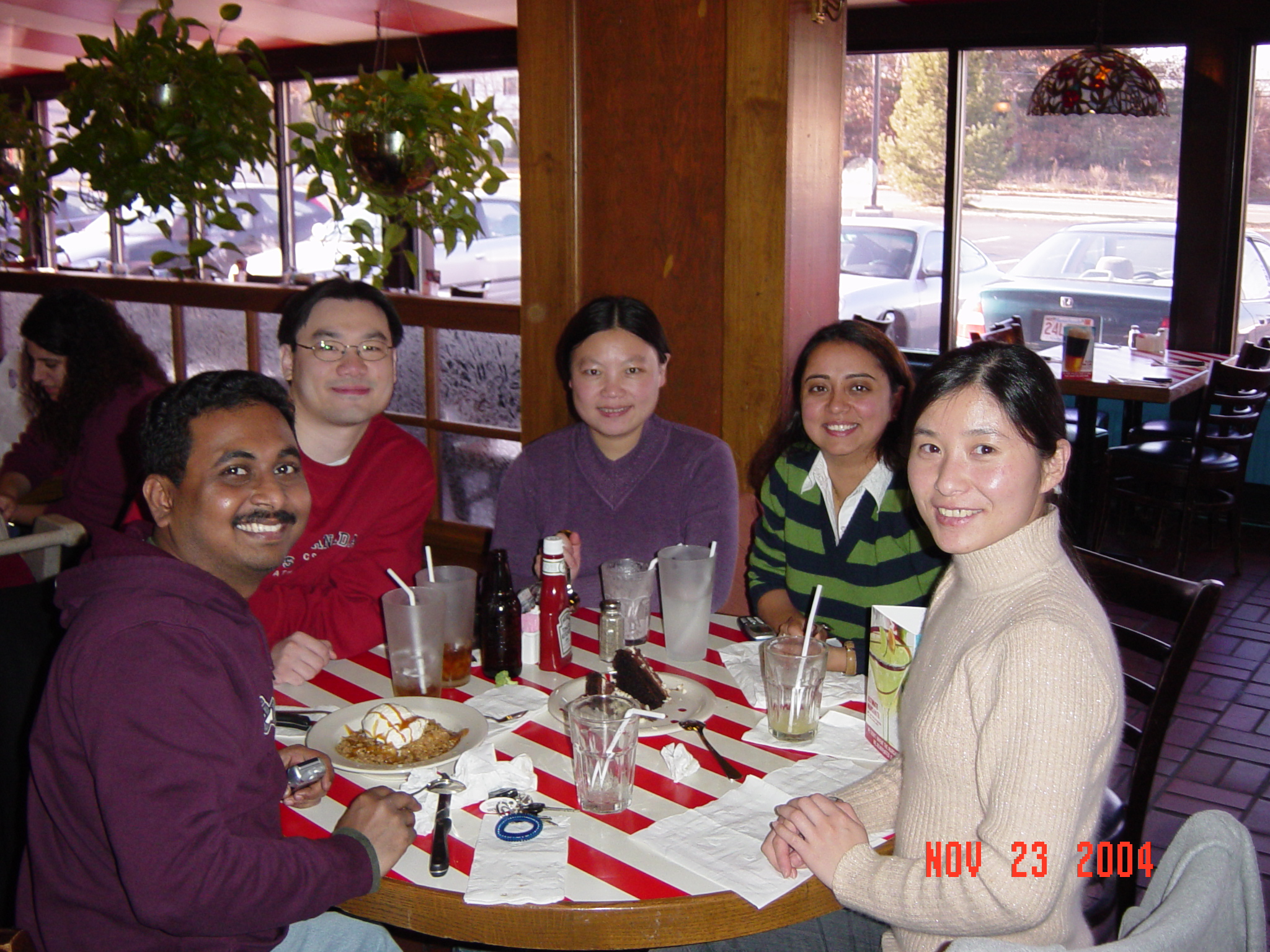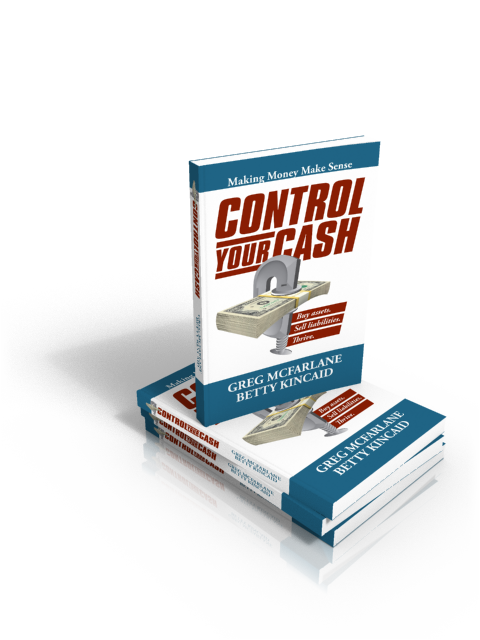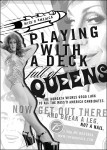This is the easiest possible post to write, at least until we start delving into non-advertising topics such as “sex feels good” and “natural disasters are bad”.
“Corporate communications” is the most laughably incorrect term in modern corporate communications usage. People who claim to work in, of or around corporate communications misuse their chosen phrase as often, if not more so, than people who say things like “the job opportunity literally fell in my lap.”
If you’re passionate enough about the English language, you’d figuratively want to pound an offending party into next week, or raw hamburger, for talking like that.
Prolixity is killing communication. It’s part of a relentless worldwide shift to professionalism, specialization and compartmentalization, with no visible respite.
Learning how to write for a mass audience of coworkers, employees, vendors or clients is far easier in theory than the self-styled experts make it out to be. Apparently, it’s also far harder in practice for some reason.
Being understood doesn’t necessarily mean eschewing uncommon words – at least a few of you had to look up “prolixity”. Rather, words should play, not spectate. If a word doesn’t serve any purpose, delete it. You can probably delete at least one of the adjacent words, too.
Logorrhea doesn’t make you sound smart. It makes you sound idiotic. Get to the freaking point.
Here’s a recent quote from some public relations meathead employed by the Canadian arm of Chrysler:
“We are hopeful that our discussions with the (Canadian Auto Workers union) will achieve the objective of closing the CAW labour-cost gap – and ensure our long-term viability,” the Detroit-based company said yesterday in a statement. “As a contingency measure, however, we are evaluating alternative solutions in the event these discussions are unsuccessful.”
Sir, or ma’am, probably sir: as humans we spend our lives evaluating alternative solutions. Heck, lots of mammals do it. And every time we do, it’s as a contingency measure. We do it because what worked previously, or what we hoped would work, didn’t. Also, we like to think that what we’re working on will last – or as you put it, “ensure our long-term viability.”
On what planet does the above quote read better than:
“We want the CAW to take a pay cut,” the Detroit-based company stated yesterday. “Otherwise, we’ll try something else”?
Come to think of it, they could even cut the second half of the quote.
Ahem. (clears throat)“As a contingency measure, however, we are evaluating alternative solutions in the event these discussions are unsuccessful.”
Who talks like this? And why?
The answer key to our brief quiz:
a) Idiots.
b) Because they think it masks the idiocy.
In coming posts, we’ll devote plenty of column inches to each of the verbal crutches that lazy writers are only too happy to latch onto rather than be direct. Your suggestions are welcome. Here’s the hugely incomplete list as it stands:
-going forward
-solutions
-visit our website at
-experience (both as a verb and a noun, but usually as a noun)
What does your company sell?
“We’re a solutions provider.”
No. DuPont has a right to call itself a “solutions provider”. You don’t.
McFarlane Media once sat in on an initial (and as it turned out, final) meeting with a potential client who kicked it off by spending >6 minutes attempting to explain what his company did, and failing. That’s a unit of time long enough in which to listen to Judas Priest’s “Painkiller” in its entirety, including the drum intro.
The rest of the meeting was more of the same. After repeated questioning, including 5 rephrasings of “yeah, but what exactly does your company do?”, the client’s most understandable response was “we’re a sales company.”
That was the extent of his precision – telling us that whatever his company did, it did not lease out its product.
After some independent research, and no help at all from the company itself, we determined that they made – or possibly they wholesold – industrial light bulbs. But the company’s CEO was so beholden to the human resources department/presidential press secretary/PR firm mode of communicating, that he kept referring to his company as a “provider of illumination solutions for the non-consumer market.”
If someone pitches his company that stiltedly in the private setting of an informal business meeting, what kind of advertising is he going to be satisfied with? If one day you’re representing an agency, and hear similar drivel spewing from the other side of the table, do yourself a favor and leave. If you’re feeling particularly eleemosynary, tell the non-client “If you can’t tell another person what your business does, then there’s no way I can.”
